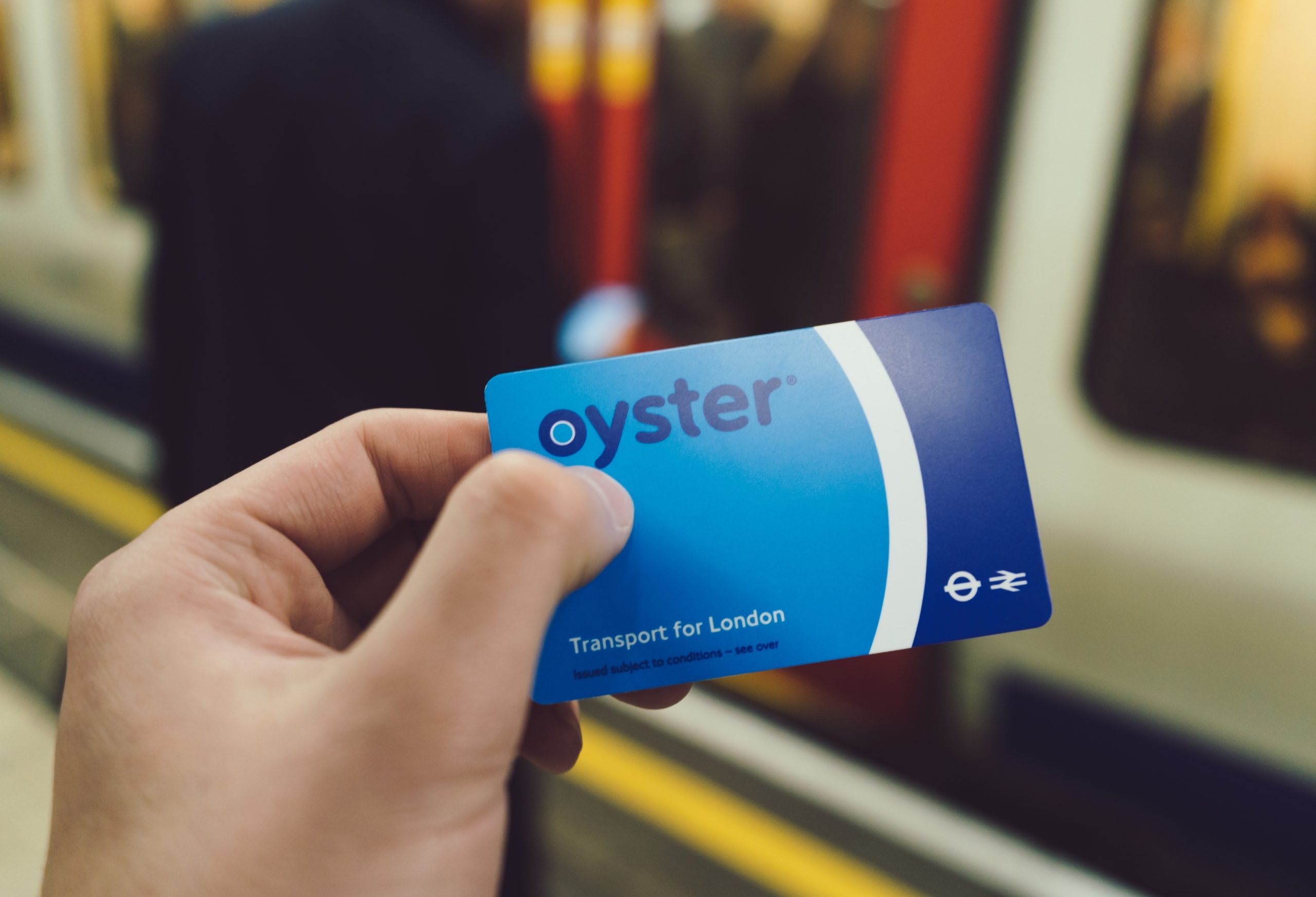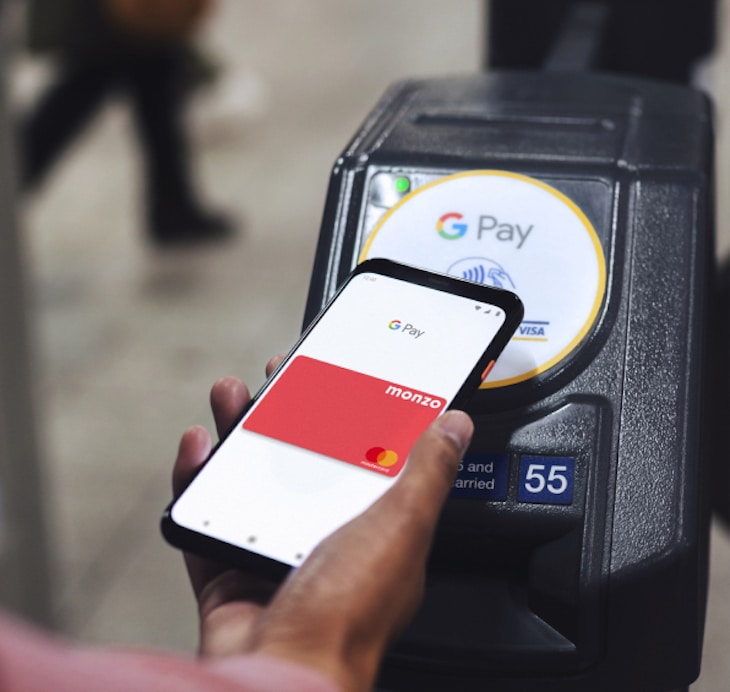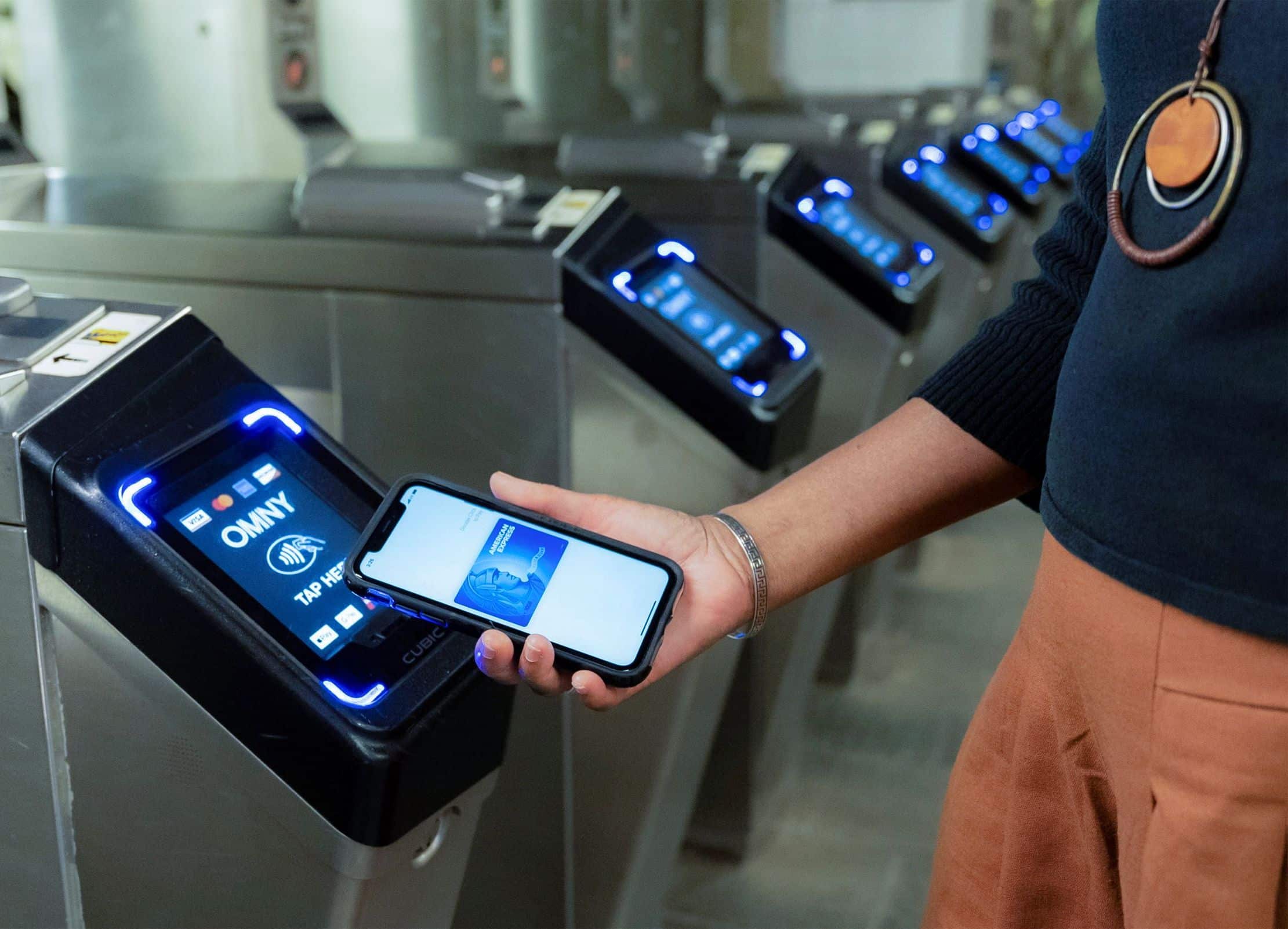
Article Highlights
Key Takeaway:
Transport for London has no plans to phase out its closed-loop Oyster card despite strong growth of contactless EMV fare payments.
Key Data:
Graph on percentage of TfL fares paid for with contactless payments, Oyster PAYG, season tickets and printed tickets.
Organizations Mentioned:
• Transport for London
• NXP Semiconductors
As more and more transit authorities globally seek to emulate Transport for London’s success in gaining widespread adoption for contactless open-loop fare payments, they should take note that London’s closed-loop Oyster card remains popular, even among visitors to the city.





















